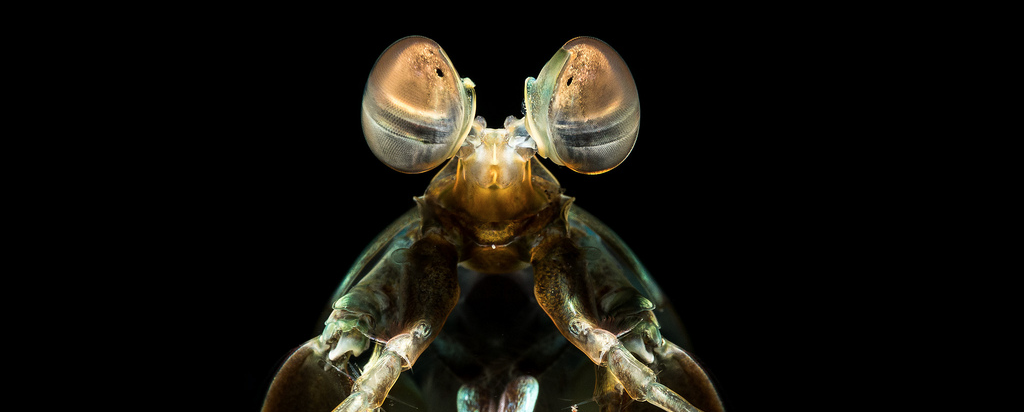BBC Earth
Image: Christian Gloor (mostly) underwater photographer
If you try to imagine a speedy predator, you might envision the muscular body of a cheetah at full sprint, or the aerodynamic pose of a peregrine falcon dive-bombing a pigeon. Both are marvels of evolution, optimised over countless generations to push against the boundaries of speed and acceleration. They move their relatively large bodies at mind-boggling speeds.
But there is another class of speedy predator: one that channels all of its power into moving just one or a handful of specific body parts, while the rest of the animal remains virtually motionless. By doing so, these predators have moved beyond the acceleration rates of the swiftest cat or bird. Far, far beyond.
Take the smashing mantis shrimp. The attacks it performs with its club-like mouthparts are so fast, and so brief, that their exact speed went unappreciated by scientists until about 15 years ago – when our high-speed camera technology finally caught up.
When those acceleration rates were formally clocked, they were breathtaking: thousands of times faster than anything previously seen in nature.
And what does the mantis shrimp do with its astonishingly quick weapons? It uses them to attack an animal virtually synonymous with sluggishness: a snail. Read more on the BBC Earth website…








